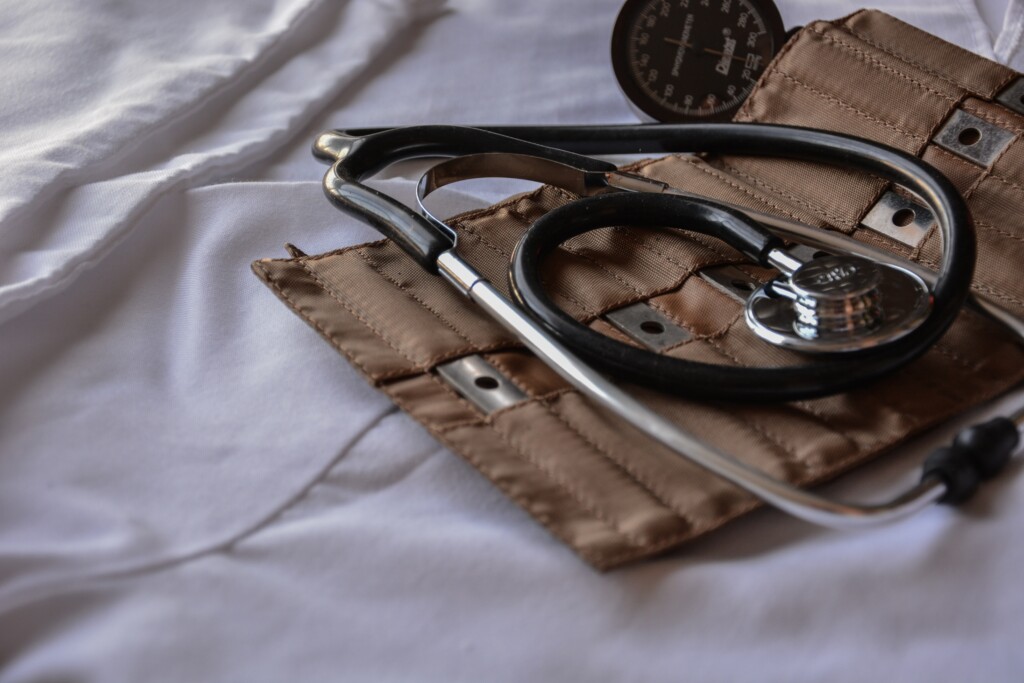

Brazilian Health Regulatory Agency approves new rules on medical device regularization
Effective from March 1, 2023, the Anvisa Resolution No. 751/2022 is set to replace Anvisa Resolution No. 185/2001
Subjects
On September 21, 2022, the Brazilian Health Regulatory Agency (Anvisa) published Resolution No. 751/2022, introducing new rules regarding risk classification, regularization frameworks, labeling requirements, and instructions for using medical devices in Brazil.
Anvisa’s new resolution is set to update existing provisions and integrate Mercosur’s GMC Resolution No. 25/2021 into Brazil’s regulatory system. It also comes as a result of Public Consultation No. 730/2019, which closed on January 29, 2020, after receiving over 300 suggestions.
Key aspects of the new resolution
Resolution No. 751/2022 defines a medical device as any instrument, apparatus, equipment, implant, in vitro diagnostic medical device, software, material, or any other article the manufacturer intends for use in human beings – either alone or coupled with other items. A medical device’s main intended function is not conducted in the human body by pharmacological, immunological, or metabolic means, although it can be aided by such means. It must also be employed for any of the following specific medical purposes:
- Diagnosing, preventing, monitoring, treating (or alleviating) diseases;
- Diagnosing, monitoring, treating, or repairing injuries or disabilities;
- Investigating, replacing, and modifying a patient’s anatomy, or altering a physiological or pathological process or state;
- Life support or maintenance;
- Controlling or supporting conception;
- Providing information through the in vitro examination of samples obtained from the human body, including organ and tissue donations.
Active equipment indicated for aesthetic correction and cosmetic purposes or specifically designed for cleaning, disinfection, and sterilization is also classified under the definition of ‘medical device’. Moreover, the new resolution has also updated the definitions for active medical devices, active therapeutic medical devices, active medical devices for diagnostics and monitoring, surgically invasive devices, single-use medical devices, implantable medical devices, invasive medical devices, medical devices for in vitro diagnostics (IVD), and Software as a Medical Device (SaMD).
The new resolution also includes provisions concerning nanomaterials, which it defines as natural, incidental, or manufactured materials containing particles in an unalloyed state. Nanomaterials may also take the form of aggregates or agglomerates where one or more of the external dimensions of at least 50% of the particles are between 1 and 100 nanometers. Such materials may include:
- Fullerenes, graphene flakes, and single-walled carbon nanotubes with one or more external dimensions of less than 1 nanometer;
- Manufactured materials with dimensions of up to 1000 nanometers that exceed the established limits of the nanoscale (between 1 and 100 nanometers), and which have size-dependent properties or phenomena that differ from the same material with dimensions on the macroscale.
In addition to the general updates that the wording of the new resolution provides, Anvisa has also:
- Included specific rules for classifying SaMDs and nanomaterials as such;
- Consolidated requirements for notification, registration, and changes to medical devices into a single resolution;
- Set rules for the government’s medical device documentation repository and rules for device instructions in non-printed formats;
- Adopted a new model for the table of contents in technical dossiers, allowing for the use of dossiers prepared for multiple jurisdictions. This model brings the requirements in line with the International Medical Device Regulators Forum’s (IMDR) regulations, which Anvisa is a member of;
- Established deadlines for restocking finished product inventories, as well as packaging, labels, and device instructions.
When the new resolution becomes effective
Anvisa Resolution No. 751/2022 is set to take effect on March 1, 2023, and will replace the provisions of Anvisa Resolutions No. 185/2001, No. 15/2014 and No. 40/2015. However, registration applications based on the provisions of these older resolutions will still be accepted until February 28, 2023, in order to give companies time to implement the necessary adjustments to their manufacturing chains.
Essential safety and performance requirements
On September 8, 2022, Anvisa opened Public Consultation No. 1,112/2022 to revise a draft containing new essential safety and performance requirements for medical devices and IVDs.
Anvisa prepared this draft based on work it conducted with the Mercosur States Parties and a document from the International Medical Device Regulators Forum (IMDRF) titled Essential Principles of Safety and Performance of Medical Devices and IVD Medical Devices.
Interested parties may submit suggestions for these new requirements by November 14, 2022, via the Anvisa form available here (in Portuguese).
For further information on medical devices, please contact Mattos Filho’s Life Sciences & Healthcare practice area.
*With the collaboration of Henryk Trelinski Alvarenga and Leandro Expedito Rodrigues.



